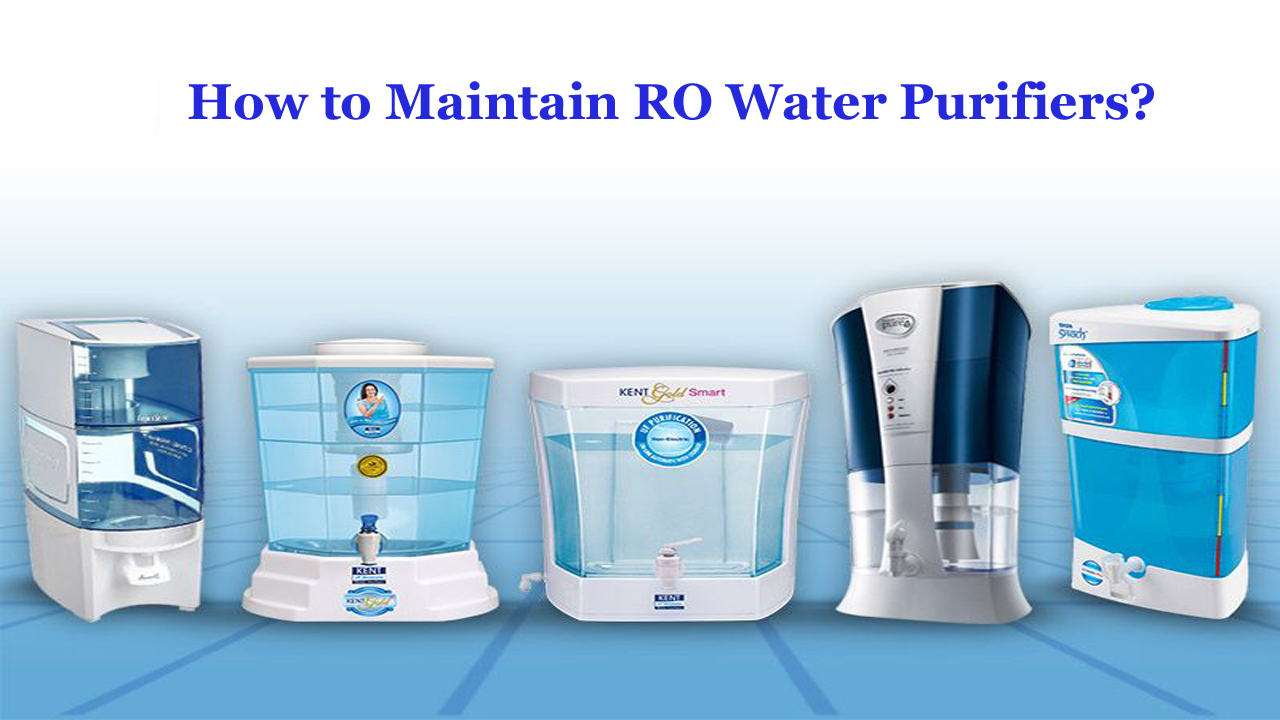An RO water purifier is a standard option for families who want to guarantee that their water for drinking is secure and devoid of contaminants. However, just like any other kind of appliance, routine maintenance is required to ensure that the water produced by the RO purifier works properly and continues to create high-quality water. Proper maintenance extends the system’s lifespan and avoids problems like clogs, leaks, and diminished water flow. In this discussion, we’ll look at various recommendations and methods for keeping your RO water purifier in good working order and guaranteeing that it continues to create clean and safe water for your family.
Maintaining a RO cook(Reverse Osmosis) water purifier is critical for it to work properly and provide clean and safe drinking water.
Here are essential maintenance tips:
- Change the filter’s cartridges regularly: Filter cartridges should be replaced every six months or so to guarantee that contaminants are effectively removed. Some models may necessitate more regular changes, so consult your user manual.
- Check the pressure: To ensure that your RO water filter is functioning properly, check the pressure gauge. A lack of pressure could suggest something is amiss with the hydraulic system.
- Pre-filters can become blocked with debris and waste, decreasing water flow. This can be avoided by cleaning them frequently.
- Sanitize the system: It is critical to sanitize it to kill bacteria and prevent mold development. To achieve this, add a sanitising solution to the water tank and run the system for a few minutes.
- Check for leaks: To ensure the system works correctly, check for leaks. If you notice any leaks, fix them immediately to prevent flood damage.
- Keep the water tank clean: The tank needs to be cleaned frequently to prevent the growth of bacteria and algae. You can do this by emptying the reservoir and cleaning it with a temperature-bleach solution.
- Keep the RO water purifier dry: To avoid mold and bacterial growth, keep the RO water purifier device dry and away from moisture. If you see any dampness or condensation, dry it right away.
- Check the water quality: You may examine the cleanliness of the water produced by your RO filtration system with a water-quality testing kit. This will help you make sure the system is running effectively and producing water of high quality.
- Use the filter: If you are not drinking the water, employ your RO water purifier. Running the system ensures that water flows through its filters and that the system is working correctly.
- Install a pre-filter: By eliminating particles and debris from the water, a pre-filter installed before the water goes through the RO system can help extend the life of the RO filters.
- Hire an expert for repairs: If you need more confidence about maintaining care for your RO water purifier, think about getting a professional to do it for you. Someone with expertise can inspect the system, completely clean it, and replace any broken parts.
- Keep the system away from excessive sunlight: UV rays can harm the membrane that makes up RO and other system components. Install the RO water filter in a shady location to protect it from damaging sun rays.
- Replace any corroded or worn-out components: Replace any damaged or worn-out sections, such as tubing or connections, as soon as possible to avoid leaks or other problems.
- Follow the manufacturer’s instructions: To ensure that your RO water purifier continues to work properly, follow the directions given by the manufacturer for maintenance and use. Additional tips or recommendations for your system may be included in the manufacturer’s instructions.
- Use the system: Even if you’re not drinking water from your RO system, you should run it continuously to maintain it in good working order. Running it at least every other week keeps the filtration from drying out and the water quality stable.
- Check the drinking water output of your RO system to ensure it produces the correct quantity of water. If you notice a decrease in water flow, it could be due to a clogged filter or another problem that needs to be resolved.
- Keep chemicals away: Keep chemicals away from the system: refrain from subjecting your RO water filter to chemicals or other materials that could harm it. To avoid contamination, keep cleaning products, herbicides, and additional pesticides away from the device.
- Correctly store replacement filters: If you have new filters for the RO system as a whole, keep them correctly to avoid damage or contamination. Maintain the filters within their original packing until ready to use.
- Test the water quality: To ensure that the water produced by your RO system is of the highest quality, test the water with a water quality testing kit. To provide an extra evaluation of the water quality, a reputable lab can test your water as well.
- Clean the water purifier regularly: To keep your RO water purifier free of dirt, debris, and other sorts of impurities, regular water cleaning is essential. Apply a mild soap solution on the unit’s outside surfaces and thoroughly rinse.
- Check the drinking water pressure: Check it periodically to ensure it’s within the suggested range for the RO system. Low pressure in the water supply can decrease system efficiency, while elevated pressure can damage filters and other system components.
- Check the RO barrier: The membrane that produces RO is a crucial component of the system as a whole, and it must be checked to ensure that it is working properly. Examine the membrane for any damage, blockages, or other issues that could impair its performance.
- Use high-quality filters: Always use high-quality filters to guarantee that your RO system is working properly. Poor-quality filters can result in poor water quality alongside decreased system efficiency.
- Check the drinking water pressure: Check it periodically to ensure it’s within the suggested range for the RO system. Low pressure in the water supply can decrease system efficiency, while elevated pressure can damage filters and other system components.
- Check the RO barrier: The membrane that produces RO is a crucial component of the system as a whole, and it must be checked to ensure that it is working properly. Examine the membrane for any damage, blockages, or other issues that could impair its performance.
- Use high-quality filters: Always use high-quality filters to guarantee that your RO system is working properly. Poor-quality filters can result in poor water quality alongside decreased system efficiency.
- Replace the filters: Replace the filters according to the manufacturer’s directions. Most RO systems require filter changes each 6-12 months, depending on utilization and water quality.
- Install a tension regulator: A stress regulator can help protect your RO system from harm caused by high water tension. A pressure valve can help ensure that your RO system’s water pressure is within the suggested range.
Conclusion
Finally, maintaining your RO water purifier is critical to ensuring that it works properly and produces high-quality drinking water for your family. Regular maintenance, such as replacing filters and cleaning the system, can help extend the system’s lifespan and avoid problems like clogs and leaks. Following the manufacturer’s directions, employing a pre-filter, preserving the machine level and well-ventilated, and using a TDS measure can all improve the effectiveness and longevity of your RO system. By incorporating these maintenance recommendations, you can help ensure that your RO water filter continues to create safe and clean drinking freshwater for years to come.

